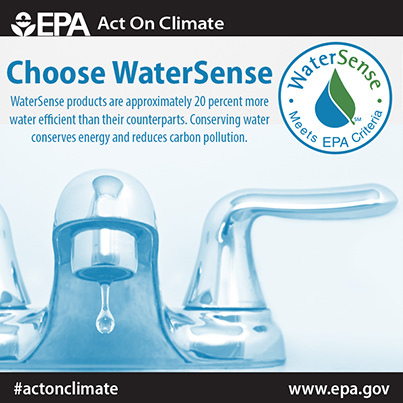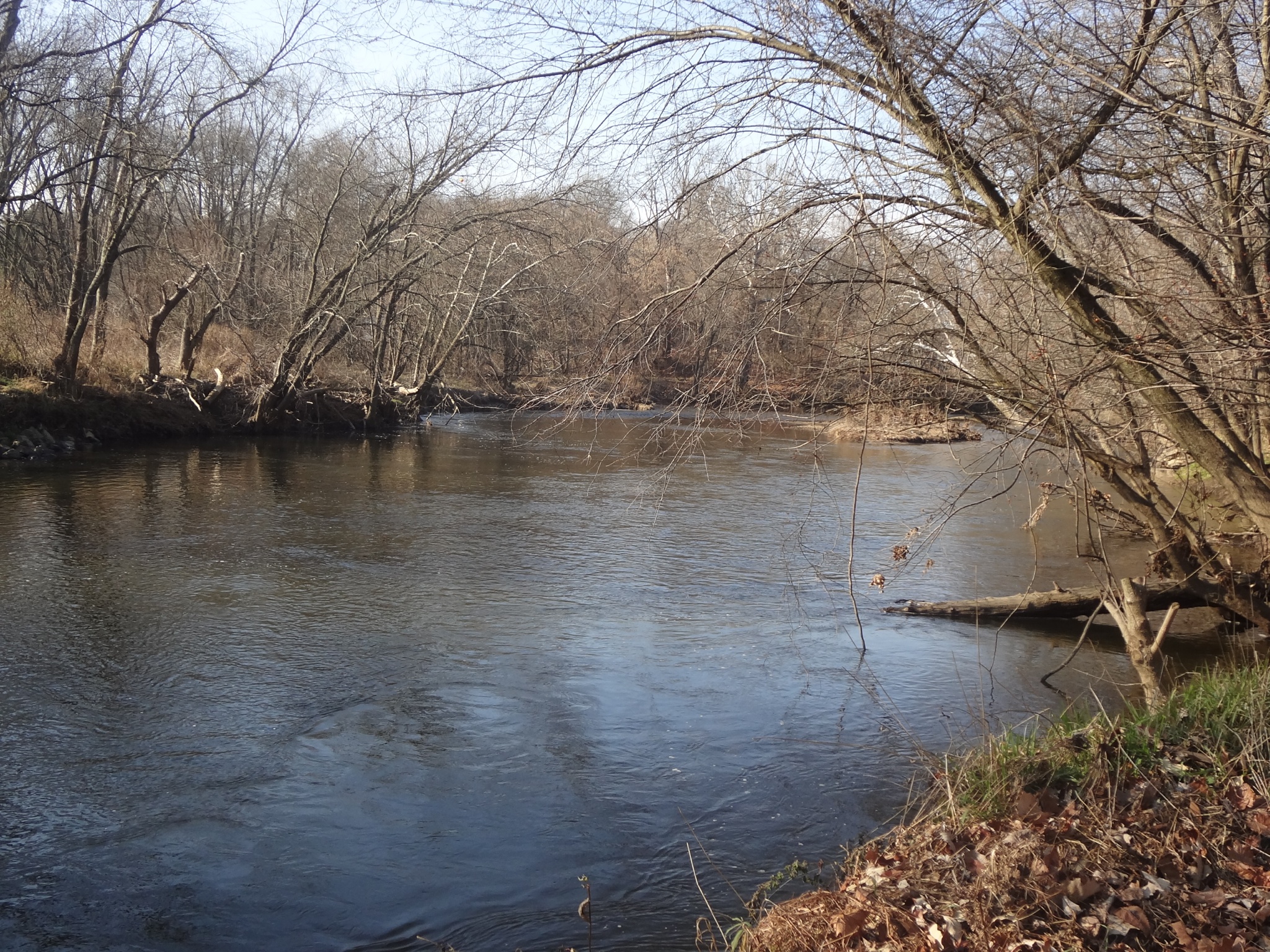Celebrating 10 Years of WaterSense
By Joel Beauvais
Did you know that two-thirds of the continental U.S. has experienced drought in the last few years? It has left many utilities grappling with water scarcity and the costs of finding new water resources and treatment.
This makes conserving water is more important now than ever.
This month we mark the 10th anniversary of EPA’s WaterSense program, which has helped save more than 1.5 trillion gallons of water and $32.6 billion on American utility bills.
How did we do this? Through the power of partnerships the WaterSense program has transformed the marketplace for products that save water, saved Americans’ money, and protected the environment. WaterSense has partnered with more than 1,700 manufacturers, retailers and distributors, water and energy utilities, state and local government, non-profit and trade organizations, irrigation training organizations, and home builders.
Today, thanks to working with industry and other partners, American families and businesses can buy WaterSense-labeled products that use at least 20 percent less water and are independently certified to perform as well or better than standard models. In fact, Americans can choose from more than 16,000 available models of WaterSense-labeled products for bathrooms, commercial kitchens and irrigation systems.
Already, more than 700 families around the country have cut their energy and water bills by up to $600 because they live in WaterSense-labeled new homes that can save about 50,000 gallons of water every year, compared to a typical home. Homeowners and businesses can hire any of the 2,200 WaterSense certified irrigation professionals to help design, install, and maintain an irrigation system that delivers a healthy landscape while minimizing waste.
Last week I had the opportunity to visit a product design laboratory of one of our valued WaterSense partners, Kohler Company. Kohler has been a partner since 2007, offering more than 600 models of WaterSense labeled products and becoming an eight time WaterSense award winner. Kohler, like many of our partners, has brought leading-edge innovation to U.S. customers by designing and testing new toilets, faucets, shower heads, and more for efficiency and performance. It was great to talk with Kohler’s sustainability and design team about what has made the partnership work and to hear their thoughts for the future.
I’m proud that the WaterSense label has become an international symbol that consumers and businesses can rely on for superior performing water-efficiency products. We couldn’t have accomplished our successes without the strong partnership we have built with our network of partners representing all sectors of the economy. Working hand-in-hand with these partners helps this nation protect our water supply and meet the challenges of climate change.
I encourage you to join a Twitter Chat we are hosting tomorrow at 1 p.m. to celebrate the anniversary and answer questions about how to save water this summer. To join the conversation, follow @EPAWater on Twitter use the #WaterSense in your messages during the chat.
Learn more about WaterSense and actions you can take to save water at: www.epa.gov/watersense.














